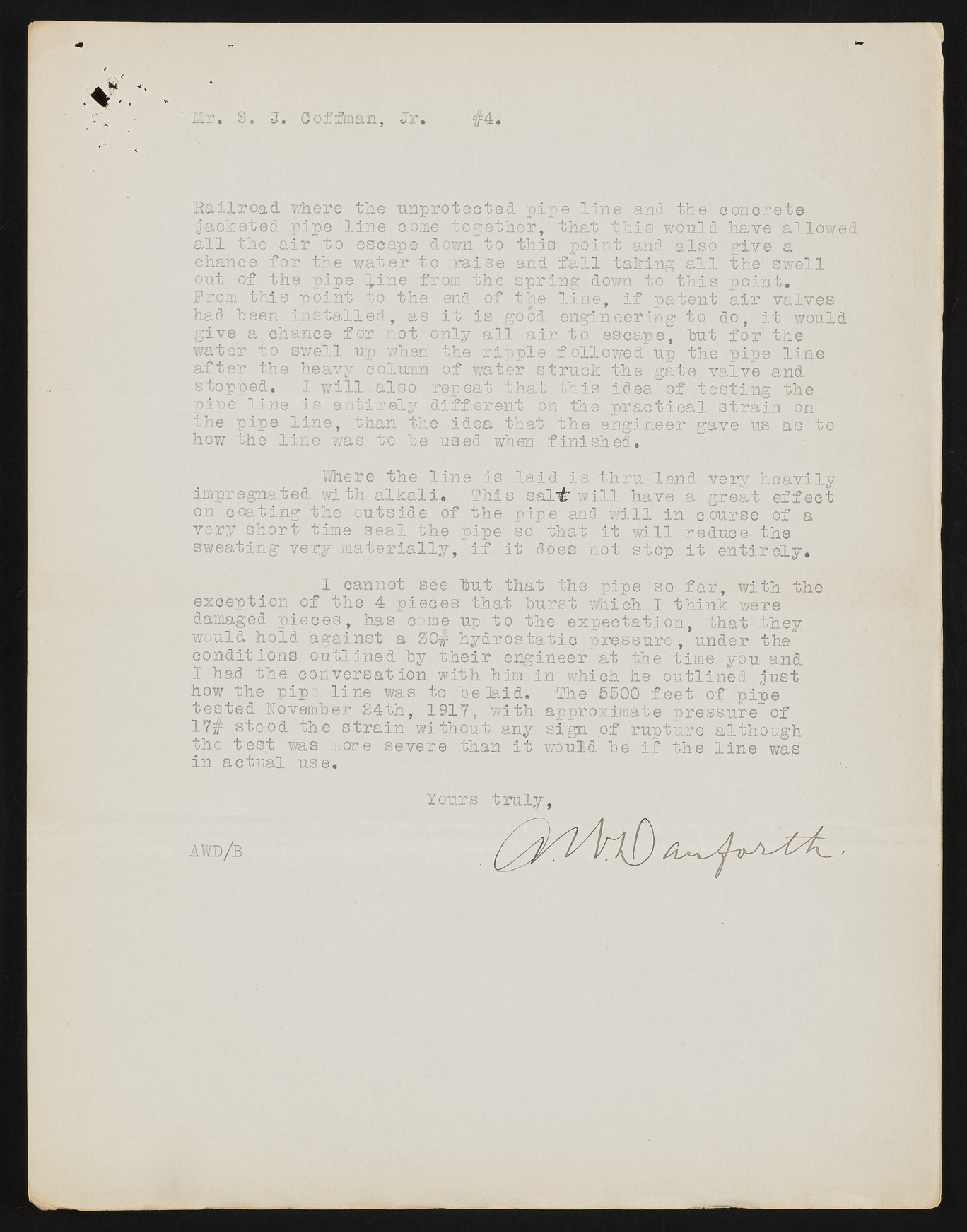Copyright & Fair-use Agreement
UNLV Special Collections provides copies of materials to facilitate private study, scholarship, or research. Material not in the public domain may be used according to fair use of copyrighted materials as defined by copyright law. Please cite us.
Please note that UNLV may not own the copyright to these materials and cannot provide permission to publish or distribute materials when UNLV is not the copyright holder. The user is solely responsible for determining the copyright status of materials and obtaining permission to use material from the copyright holder and for determining whether any permissions relating to any other rights are necessary for the intended use, and for obtaining all required permissions beyond that allowed by fair use.
Read more about our reproduction and use policy.
I agree.Information
Digital ID
Permalink
Details
Member of
More Info
Rights
Digital Provenance
Publisher
Transcription
Mr. S'. J. Gofftnan, Jr. #4» Railroad where the unprotected pipe line and the concrete -jacketed pipe line come together, that this would have allowed all the air to escape down to this point and also give a chance for the water to raise and fall taking all the swell out of the pipe ^.ine from the spring down to this point. Prom, this point to the end of the line, if patent air valves had "been installed, as it is good engineering to do, it would give a chance for not only all air to escape, hut for the water to swell up when the ripple followed up the pipe line after the heavy column of water struck the gate valve and stopped. I will also repeat that this idea of testing the pipe line is entirely different on the practical strain on the pipe line, than the idea that the engineer gave us as to how the line was to he used when finished. Where the line is laid is thru land very heavily impregnated with alkali. This sal"£ will have a great effect on coating the outside of the pipe and will in course of a very short time seal the pipe so that it will reduce the sweating very materially, if it does not stop it entirely. I cannot see hut that the pipe so far, with the exception of the 4 pieces that hurst which I think were damaged pieces, has come up to the expectation, that they would hold against a 50# hydrostatic pressure, under the conditions outlined hy their engineer at the time you and I had the conversation with him in which he outlined just how the pipe line was to he]aid. The 5500 feet of pipe tested November 24th, 1917, with approximate pressure of 17# stood the strain without any sign of rupture although the test was mare severe than it would he if the line was in actual use.

